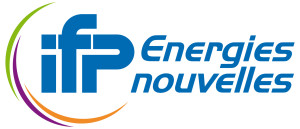

Bertrand begins by explaining what the CAPE-OPEN standard is. It is an industry standard resulting from the successful collaboration between end-users of process simulation tools, vendors of these software tools and academic research organizations. CAPE-OPEN is now present in most process simulation software. Bertrand then explains where the standard comes from. It is not a complete disruption of what exists in process simulation tools. Instead it is built on the existing high-level architecture present in most of these tools.
CAPE-OPEN clarifies the boundaries between the elements of the architecture and breaks any tool into a Process Modelling Environment (PME) and eventually multiple Process Modelling Components (PMCs). Bertrand defines what is a PME and what are PMCs. Next Bertrand goes on by explaining how a CAPE-OPEN interface is defined as a textual specification. CAPE-OPEN interfaces are arranged in a documentation set that separates between common interfaces and business interfaces. Implementation of CAPE-OPEN interfaces relies on the object-oriented approach and hence on COM and CORBA middleware. Bertrand lists subsequently the interfaces present in the current version of the CAPE-OPEN standard before explaining what CAPE-OPEN permits and what are the benefits of relying on CAPE-OPEN for interoperability. Two examples of use are given before giving an (incomplete) list of PMEs and PMCs having adopted CAPE-OPEN.
Before concluding Bertrand remarks on the Aspentech – Federal Trade Commission agreement on the acquisition of Hyprotech by Aspentech: the agreement stipulates that version 1.1 of the CAPE-OPEN standard has to be implemented in Aspen Hysys. As conclusion Bertrand urges everyone to make use of CAPE-OPEN.
